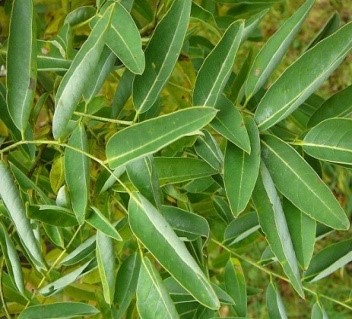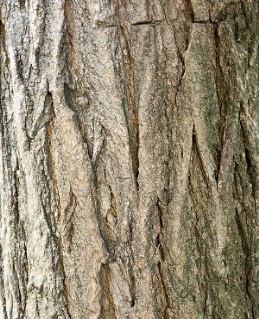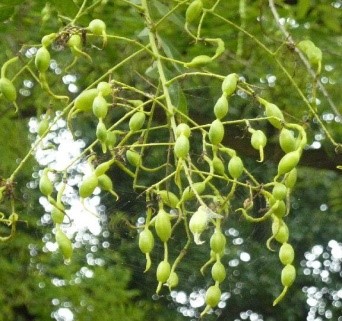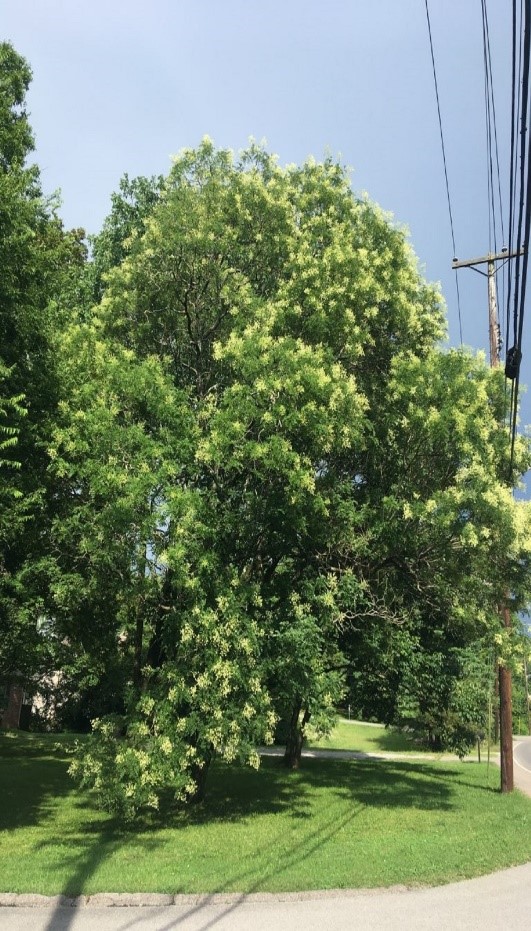Trees
Sophora japonica L.
Sophora japonica L.
Description :
This is a deciduous tree, and it is about 15 to 25 m tall, generally
branching low down when the plant is growing. Twigs and branches are smooth and
olive green with prominent tan lenticels bark on the trunk is furrowed into
rounded, interlacing ridges. The leaves are 17 to 20 cm long and are dark green
in colour, pinnate (divided like a feather) and composed of 7 to 17 ovate to
oval leaflets. The flowers are about 1cm long the flowers and fruit of the pagoda tree, share
features associated with garden peas. The flower is a pleasant creamy-white
colour, or slightly yellow. Flowers grow in long panicles composed of
individual flowers which hang from the branches. These flower-bunches range
from 6-12 inches in length, depending on the number of flowers. After
pollination, flowers give rise to fruit, which resemble a string of pearls in a
green pod. These pearls bear a resemblance to typical garden peas but may be
yellow or brown in colour; fruits are 3 to 12 cm long and have to 8 seeds.
Distribution :
This plant is native to China; despite the name it was introduced in
Japan. It is a popular ornamental tree in Europe, North America and South
Africa. It has also been cultivated in Pakistan in the areas of Parachinar,
Kurram Valley and Lahore.
Uses :
The pagoda tree is cultivated as an
ornamental plant and for its durable wood, which is used for construction and
in the making of furniture. The leaves and flowers are edible and can be used
for making special tea, but the pods are toxic. Yellow and grey dyes extracted
from the pods have been used in the silk and batik industries. It is used in
the making of Chinese traditional medicines. It is to treat hemorrhoids,
hematochezia, hematuria, hematemesis, hemorrhinia, uterine or intestinal
hemorrhage, arteriosclerosis, headache, hypertension, dysentery, dizziness, and
pyoderma.
(Chen and Hsieh, 2010)



